Steel sheets are produced by rolling intermediate steel, called slab, with a rectangular cross-section obtained from continuous casting facilities that incorporate technology superior to ingot casting or ingot casting. The production is multi-stage from iron ore to steel sheet, and is carried out with the help of the organizations of different production facilities, which are quite numerous, and for this, a huge factory is needed.
The pig, which is a blast furnace product, is poured into the dry sand bed as coarse ingot through the hole drilled at a suitable height every 4 to 6 hours, or it is sent to the steel reconditioning furnaces by special carts (torpedo) carrying liquid metal. Pig is not pure iron, because during reduction from ore, additives and coke; It contains elements such as carbon close to saturation, high levels of sulfur, phosphorus, manganese and silicon.
The basis of steel production is the purification of these foreign elements from raw iron. This process is called refreshing. This refresh is done in Bessemer-Thomas converters, Siemens-Martin furnaces, oxygen converters and electric arc-induction furnaces. However, nowadays, steel production is generally carried out in two types of steel regeneration furnaces (oxygen converter and electric furnace) because they give better quality products and work more efficiently. The steel produced in the converter or in the furnace is taken into crucibles and goes through secondary metallurgical processes in these crucibles. This method, which can also be called secondary steelmaking, includes the functions of degassing, decarburization, deoxidation, alloying, desulfurization, temperature adjustment and homogenizing the steel. In these processes, the desired chemical alloying elements are added to the steel and thus the chemical content of the steel is adjusted, and the first step is taken to reveal one of the quality standard features of the final flat steel product to be purchased.
The basic principle of continuous casting, which is one of the two methods used to obtain slabs, is to pour the molten metal into a bottomless, cooled copper mold from the bottom, to form a strong shell on the mold walls and preserve the liquid metal in this shell until solidification is completed. As the name suggests, the process continues uninterruptedly. In ingot casting, which is the second method and has been going on for years, slab is obtained by rolling from intermediate products that are poured piece by piece in blocks. In practice, the segregation that occurs as a result of solidification in the ingot and the self-pulling lunker in the head cause the formation of poor quality steel. In order to obtain quality steels, the need for additional quenching processes creates additional costs in the process. At the same time, high-capacity, high-investment block mills are used, which is a disadvantage compared to continuous casting. Time savings and labor are also another advantage of continuous casting. In addition to these, the formation of new losses and scraps in each process step in ingot casting has led manufacturers to produce slabs by continuous casting, which is more efficient. Therefore, almost all of the large companies producing slab today prefer the continuous casting method.
Slabs taken by cutting during continuous casting or obtained from block mills after ingot casting are subjected to a number of preparatory processes before being hot rolled. Surface conditions are of great importance at every stage of rolling. Therefore, the material to be rolled must be completely free from surface defects. Usually the ingots are shipped already hot to be placed in the annealing pits to be heated before the block rolling. For this reason, most of the time, no surface cleaning is applied to the ingots. Surface defects are removed by surface cleaning processes applied to slabs, which are produced in block rolling mills and are semi-products. Rarely, ingots can be surface cleaned in the hot condition or after cooling for some special steels. It should also be noted that the head lunker formed when the liquid level drops during the solidification of the ingots is cut off.
Heating the material before hot rolling is also an important production step and aims to give the steel the best plastic properties and to have the desired quality of the rolled product. There are two main parameters of the heating process, these are; temperature and time. Depending on the material, both the selection of the temperature range and the holding time at this temperature cause results that are directly reflected on the product. The highest heating temperature should be 100 – 150°C below the solidus. If the holding time is longer than necessary, it increases fuel consumption and causes iron loss and decarburization, for example in steel material.
One of the main parameters of the rolling process is temperature. At the start of rolling, the temperature should be chosen as high as possible depending on the material. This temperature is 100 – 200°C below the solidus. The temperature at the end of rolling should be 50 – 100°C above the A3 temperature for sub-eutectoid steels and slightly above the A1 temperature for super-eutectoid steels. In general, it can be said that the temperature at the end of rolling is selected according to the desired properties of the product.
The rolled material undergoes a series of finishing processes for quality control purposes. Examples of these processes are straightening, surface cleaning, ultrasonic and surface crack testing devices. Cleaning the oxide layers on the surfaces is frequently encountered as an acidification process. The parts with internal defects in the material are cut and separated. Surface cracks are removed by peeling or grinding.
After these processes, the products are sent to the coil preparation line if they are to be put on the market as hot rolled. The hot coil preparation line is where the non-tolerance parts of the head and ends of the hot rolled coils are cut and tempered for surface smoothness. Then, the sheets are cut to the desired lengths with scissors, or they are presented to the consumers in the form of tape rolls by dividing them on the slitting lines.
On the other hand, the process continues for obtaining cold rolled sheets. Hot rolled coils, whose oxide layer is cleaned and lubricated on their surfaces in pickling lines, are cold rolled to desired thicknesses in tandem lines and re-wrapped. In order to remove the very brittle structure formed as a result of cold rolling, cold rolled coils are heated and kept in the furnaces in the annealing line until the specified annealing temperature.
This method is the roll annealing method. In addition, there are devices where the same processes can be carried out one after the other as continuous pickling in the cold rolling mill, cold rolling in the tandem line, and then uninterrupted annealing in the continuous annealing line. In order to give the final surface properties to the steel sheets, the annealed and absorbed coils are tempered in the tempering line. Finally, cold rolled steel sheets; They are sent to the plating lines to be coated with plating materials such as tin, chrome, zinc or zinc-iron alloy, and they are cut to the desired dimensions in scissors or sliced and packaged in slitting lines.
Flat steel products manufactured in an integrated facility and offered to the market are divided into four general groups according to their section geometries: slab, plate, sheet and band. It is possible to make a generalization in the definition of rolled slabs or other group of flat intermediate products with smaller cross-sections obtained by rolling from slab, although the values for the cross-section dimensions do not have definite limits.


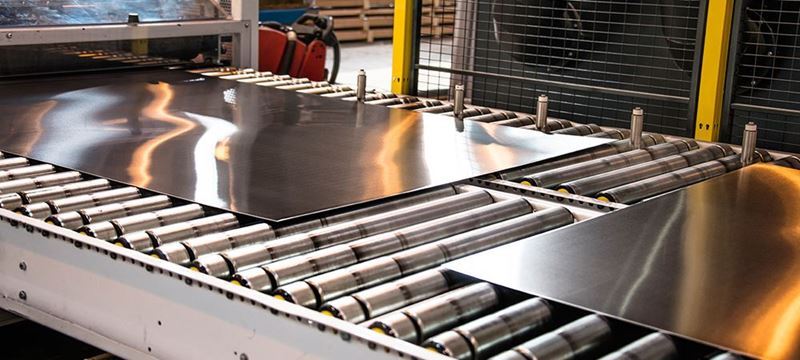
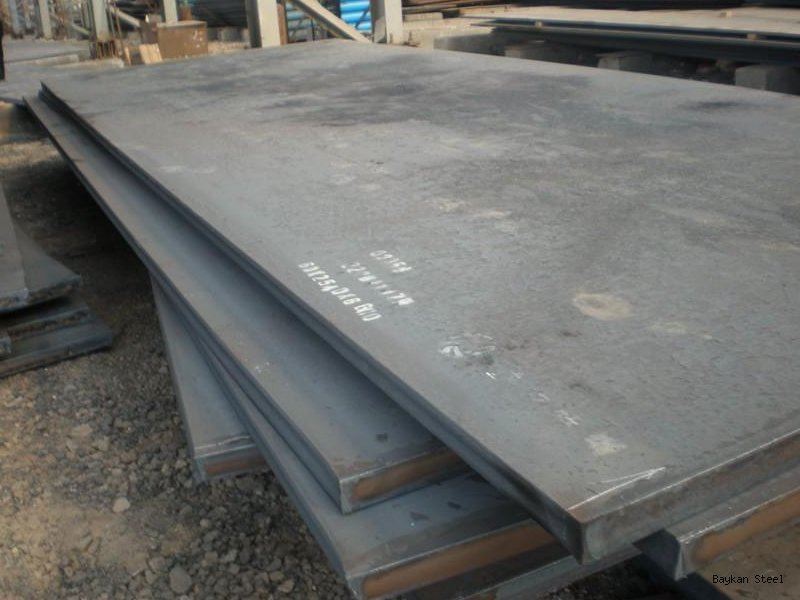
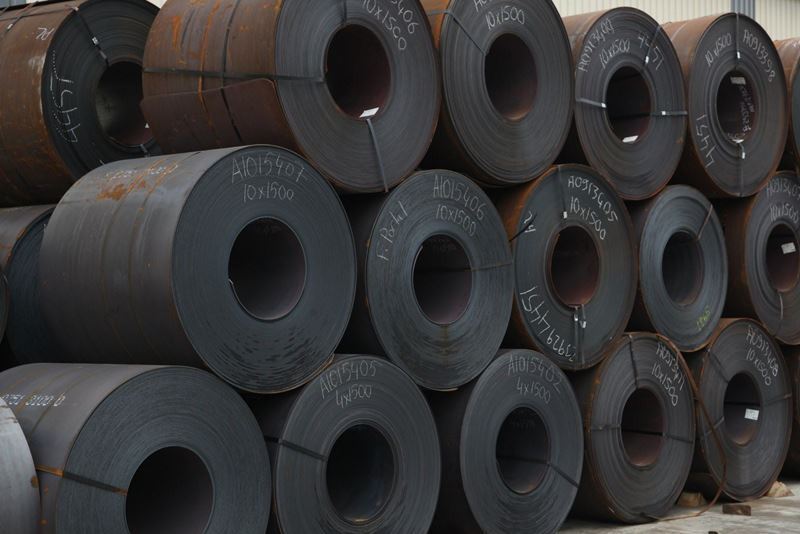
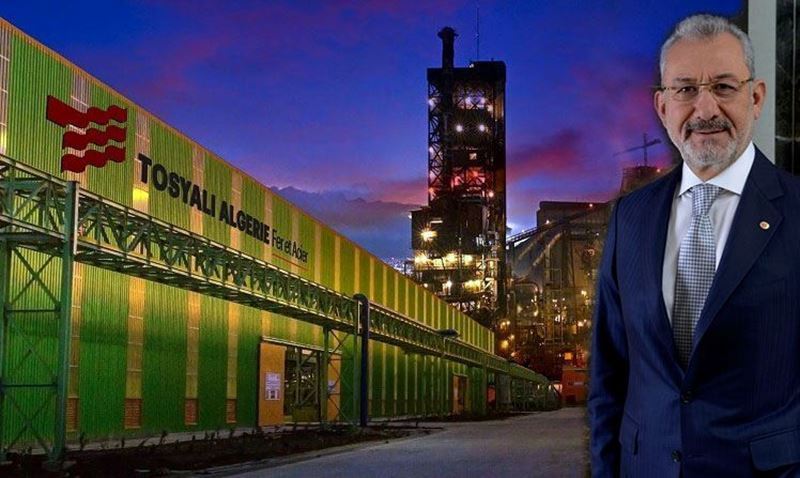
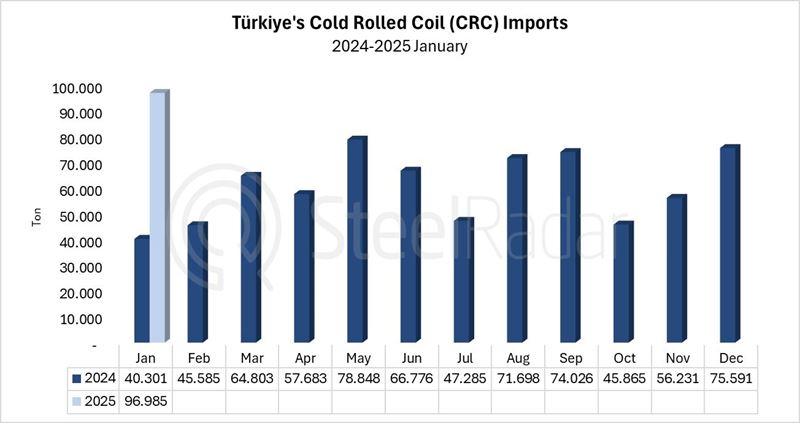
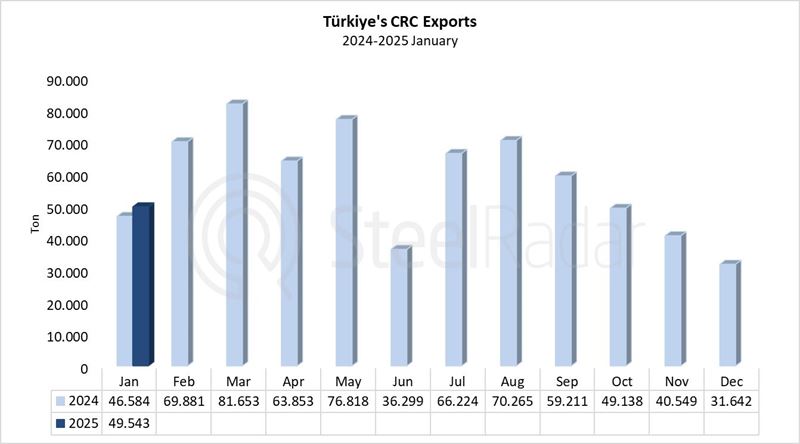

Comments
No comment yet.